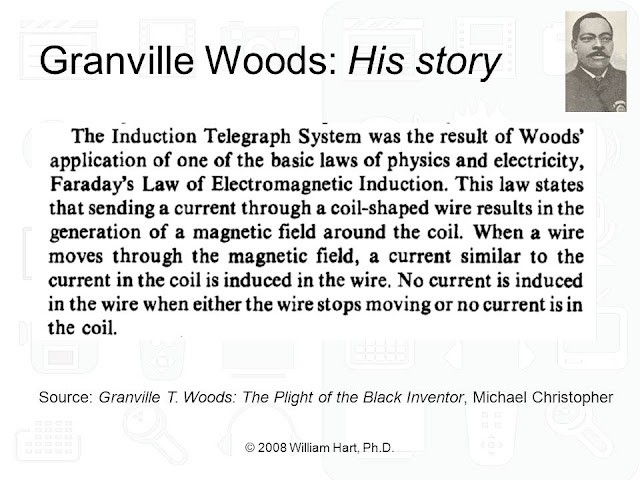Photographers, especially photojournalist, may compose captions for their photographs. Let's learn how to write a news photo caption.
They say that a picture is worth a thousand words.
If that is true for news photographs, then the
caption (the verbal description) for the photograph, is like the lead to the thousand word story.
In a news article, the first few sentences of the story is the
lead. The
lead tells the reader the who, what, when, where, why and how of the story. Packed into the lead is quick overview of the whole news story.*

So, as Kobre' points out in his book,
Photojournalism: The Professionals' Approach
, a caption should tell the reader/viewer the who, what, when, where, why and how of the photograph. The caption serves the same purpose as a lead in a written news story. [If your interest is specifically in photojournalism, I'd strongly recommend Kobre's book.]
The 5 W's and the H of a news story (or in this case, a news photograph):
- Who - who is the news event about, who is in the photo?
- What - what happened in the news event, what is happening in the photo?
- When - when did the news event happen, when was the photo taken?
- Where - where did the news event happen, where was the photo taken?
- Why (1) - why did the news event happen, what happened that lead to the photograph, what happened before?
- Why (2) - what is the significance of the news event, why is it important to us, what is going to happen after this event?
- How - how did the event happen?
So, a lead in a written news story should answer the who, what, when, where and how of the new event and sometimes it'll address the why and how.
Now, if a
caption of
a news photograph is like the
lead of
a news story, then what does a caption include.
The Associated Press recommends a caption should contain two concise sentences. The first sentence of the caption should include the who, what, when and where. The second sentence should provide the background information on the how and the why, especially the significance of the news event.
Tip: Start the first sentence with the most important thing to your audience. If who is important, then start with who. For example, if a celebrity is the who, then you'll probably want to start your sentence with that person's name. If the where is important, then start your first sentence with where. For example, if a disease is breaking out is a certain area, then the location or where, is probably more important.
Check out
AP's Top Photos of the Week page for current examples of news photographs and their captions. Hover the mouse over the photos to see the captions. Do the AP photographers and photo editors practice what the AP style guidelines recommend?
Can you write a caption for a new photo? Find some photos you know something about, perhaps from the AP link above or
this link, and see if you can write a caption for the photo. Practice. practice, practice.
* We're especially talking about
hard news stories here.
See the Twitter, Facebook and other buttons below.
Please follow, add, friend or subscribe to help support this blog.
See more about me at my web site
WilliamHartPhD.com.













